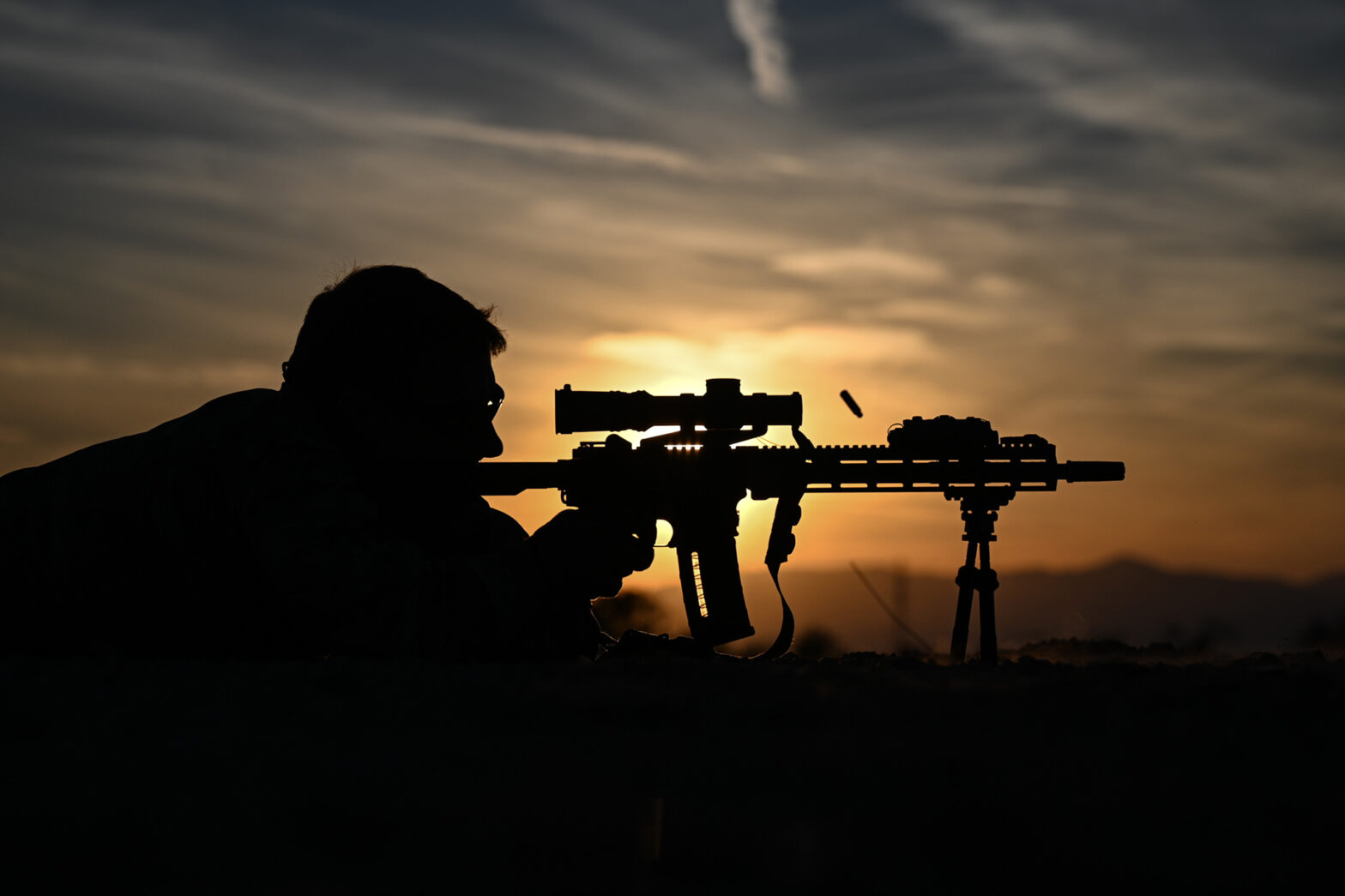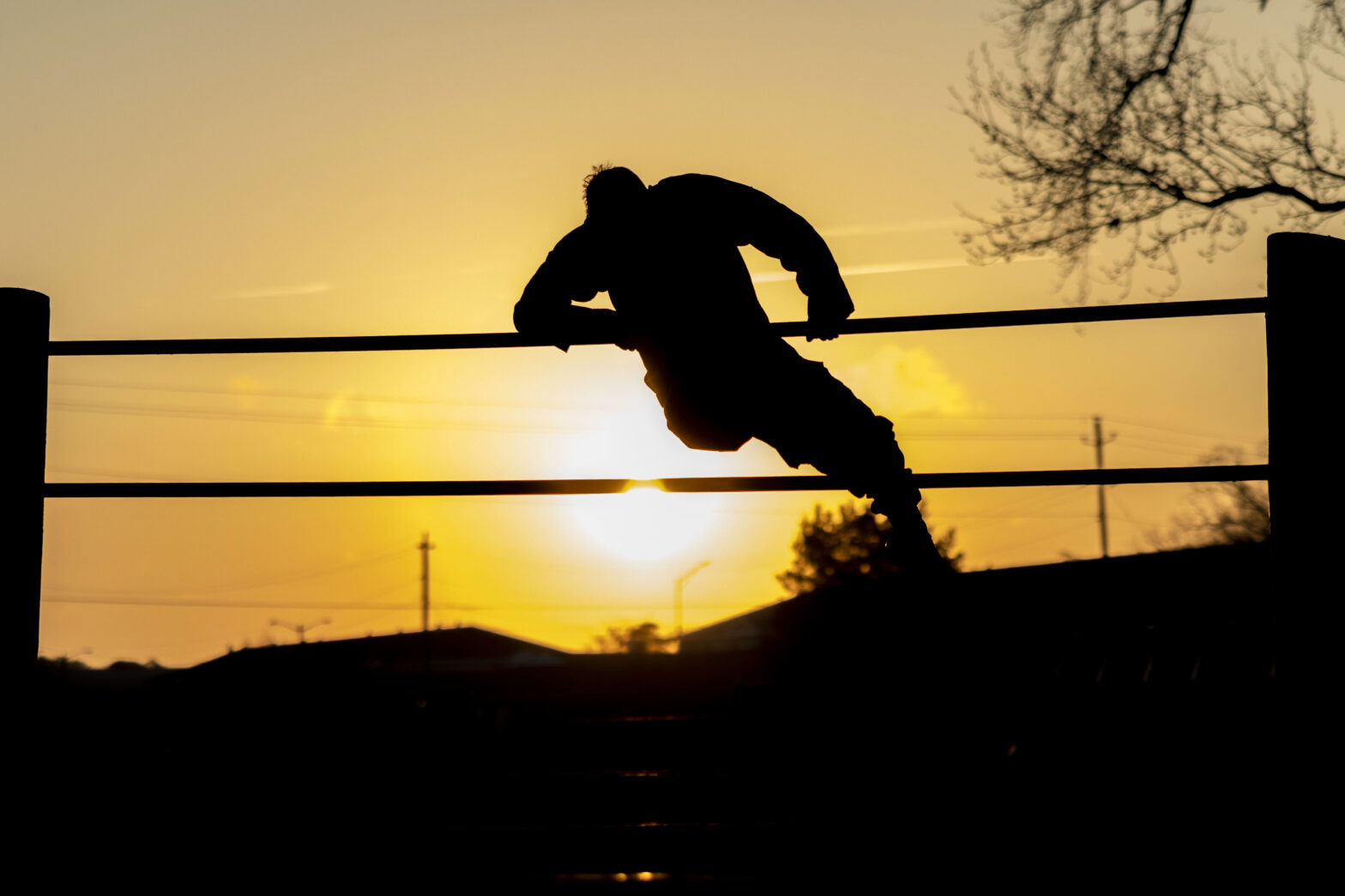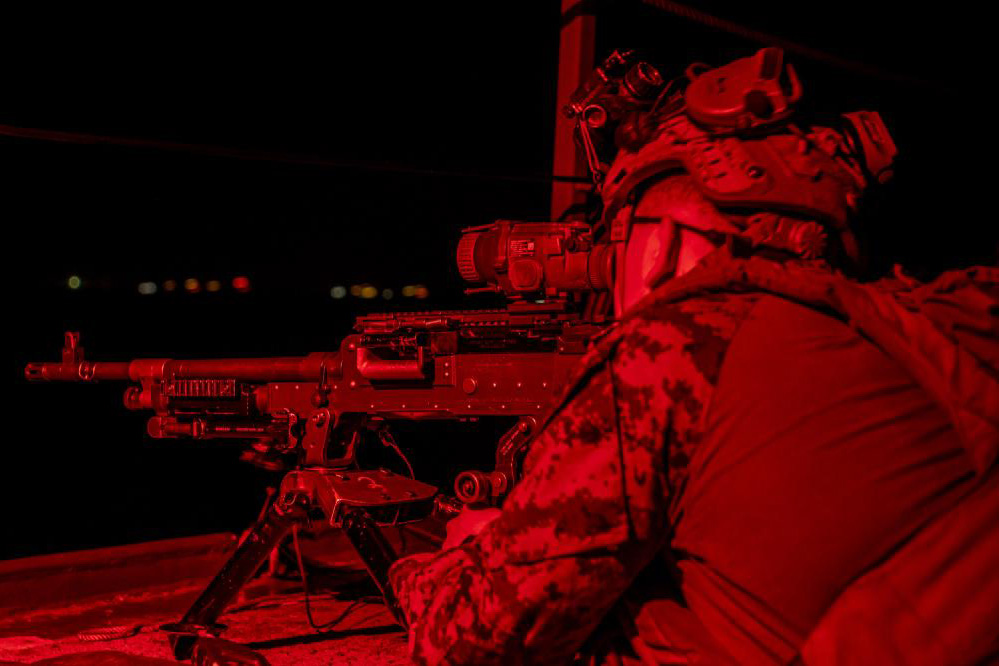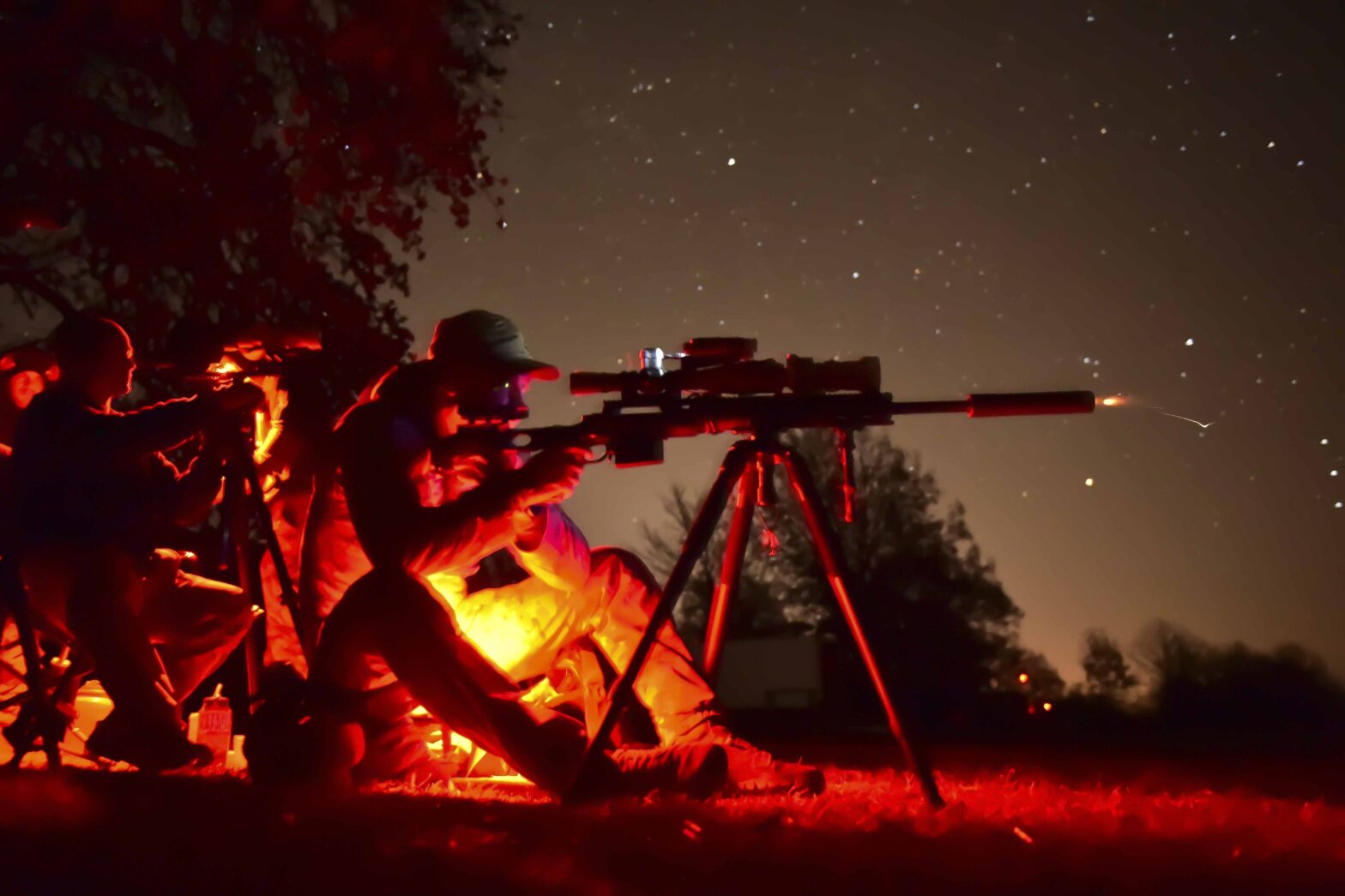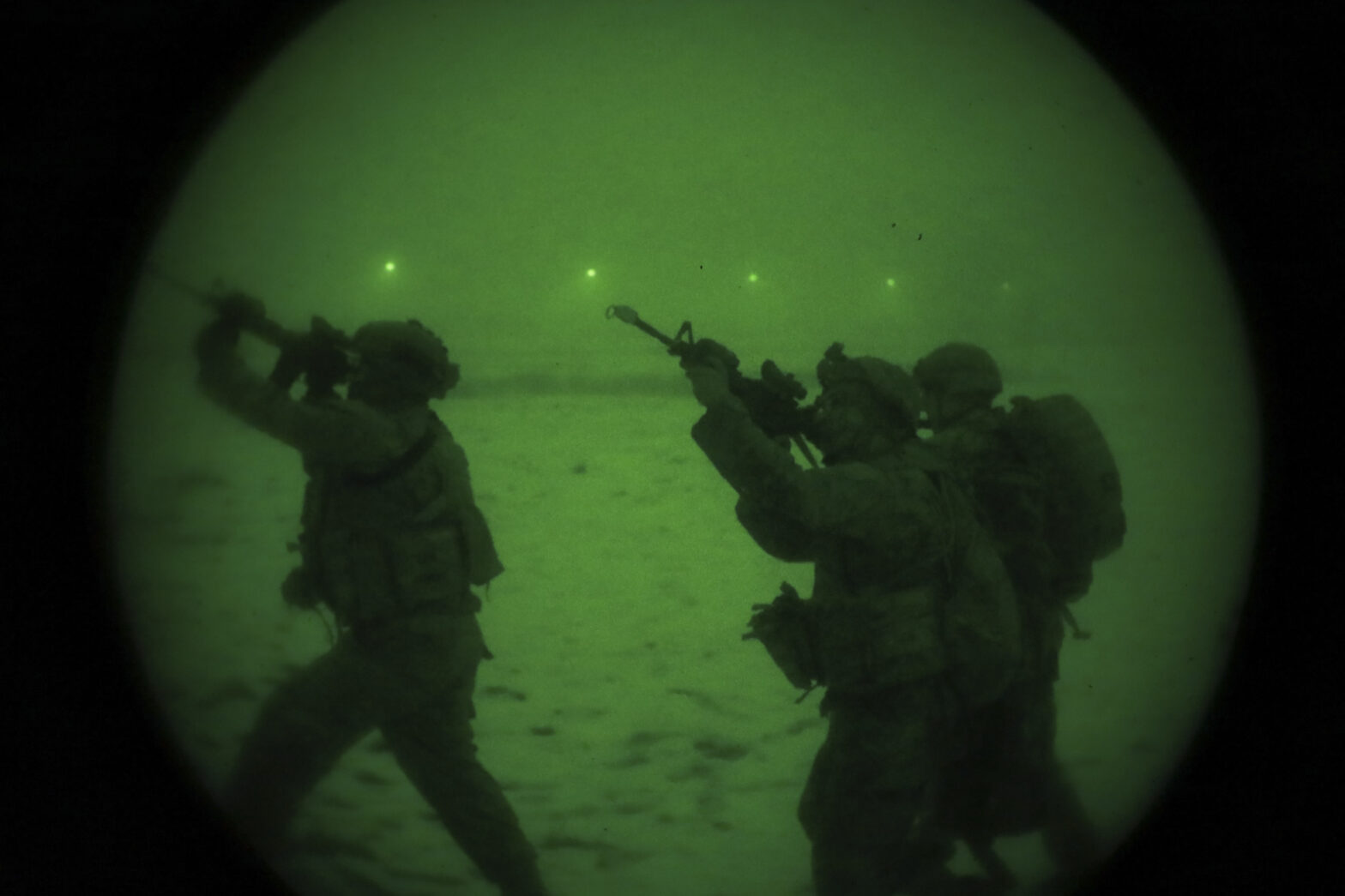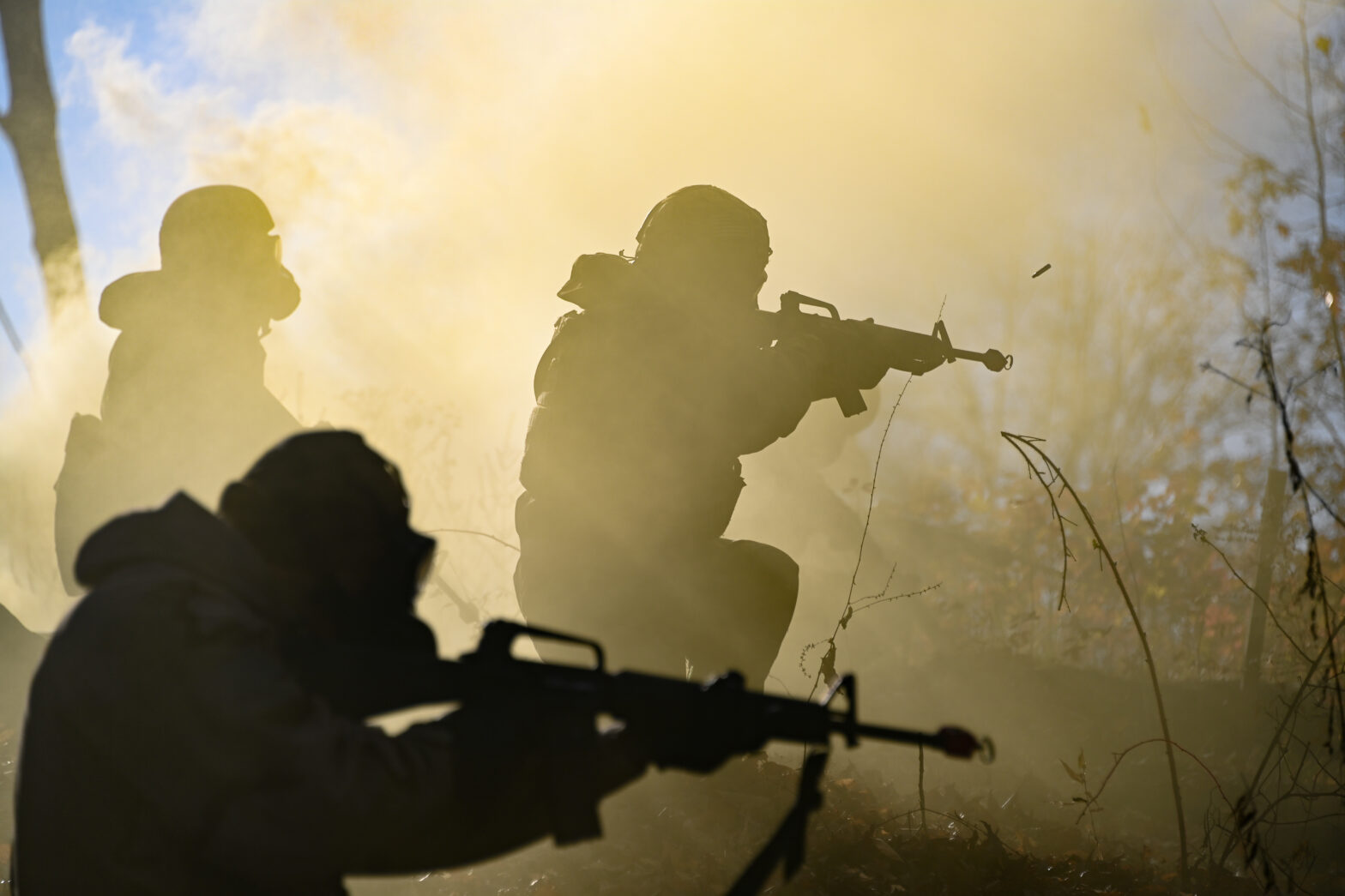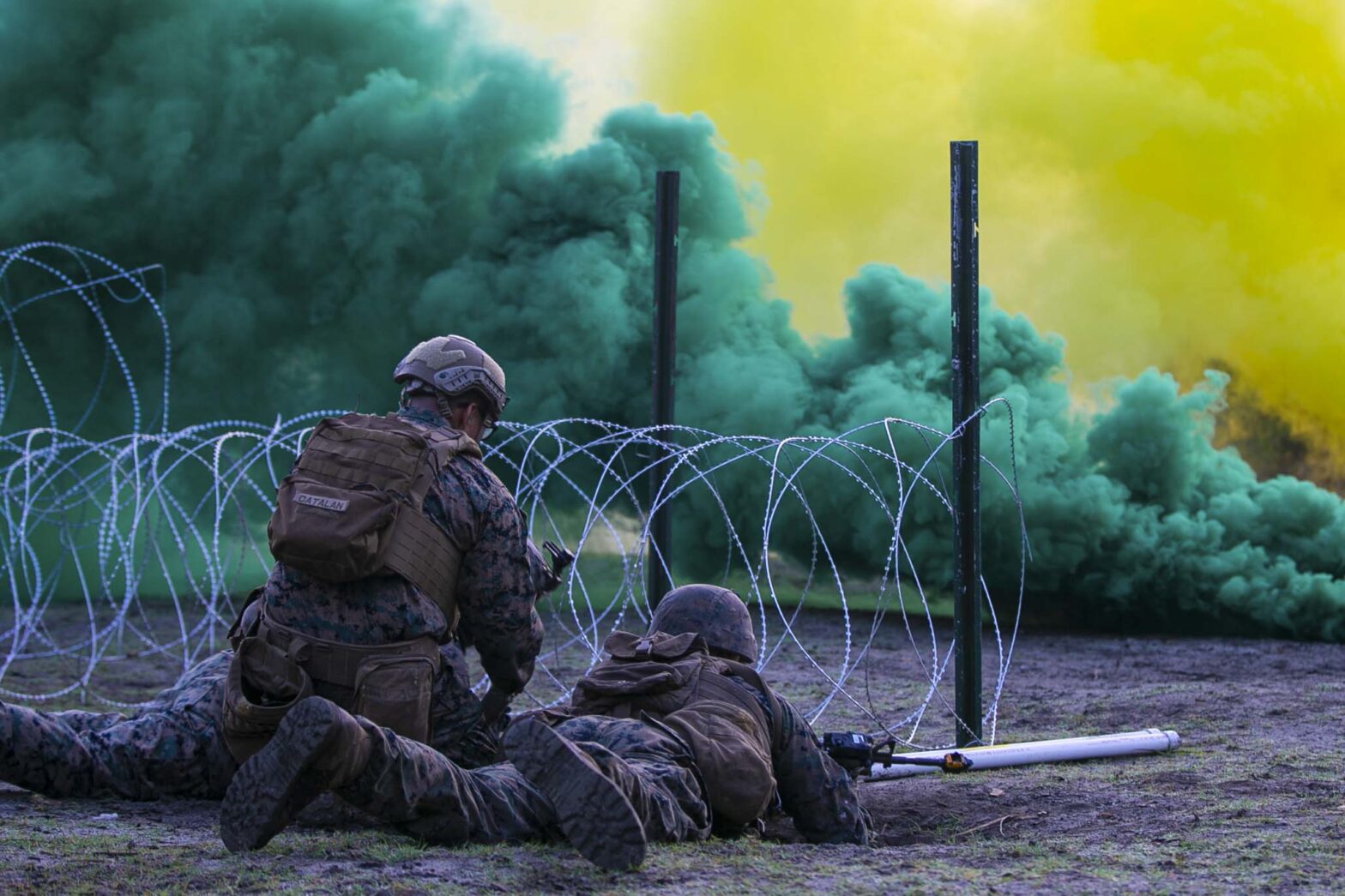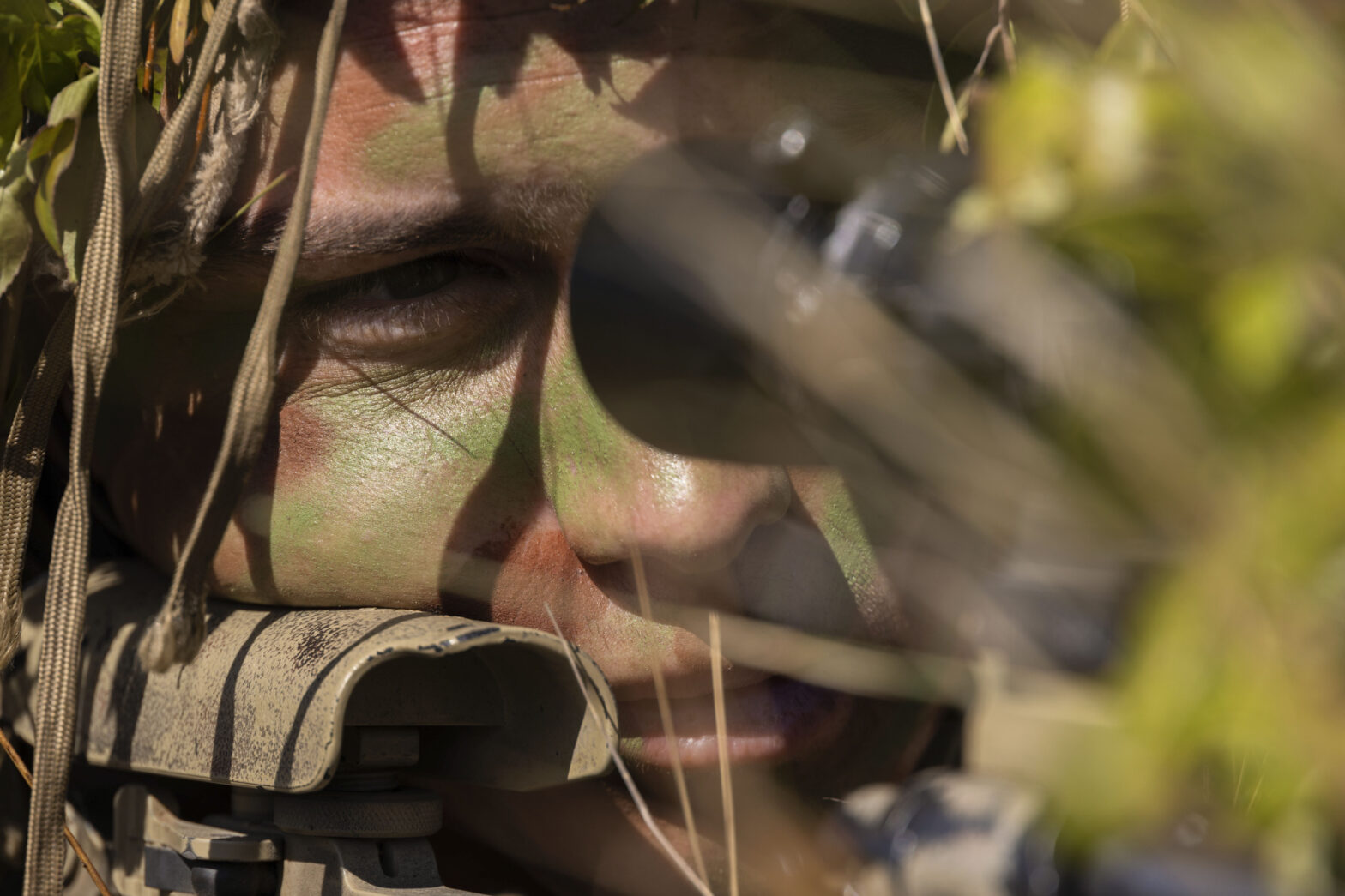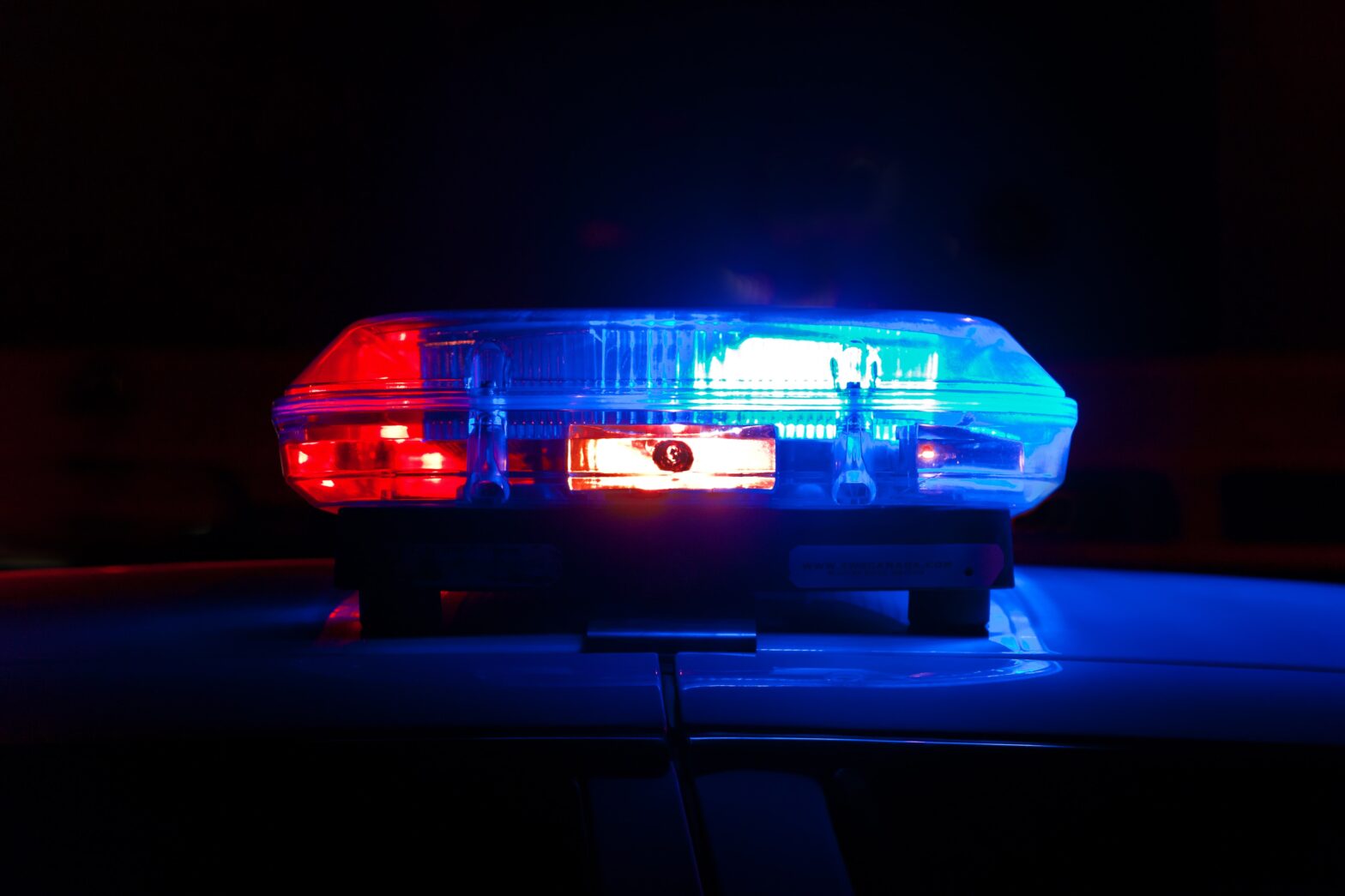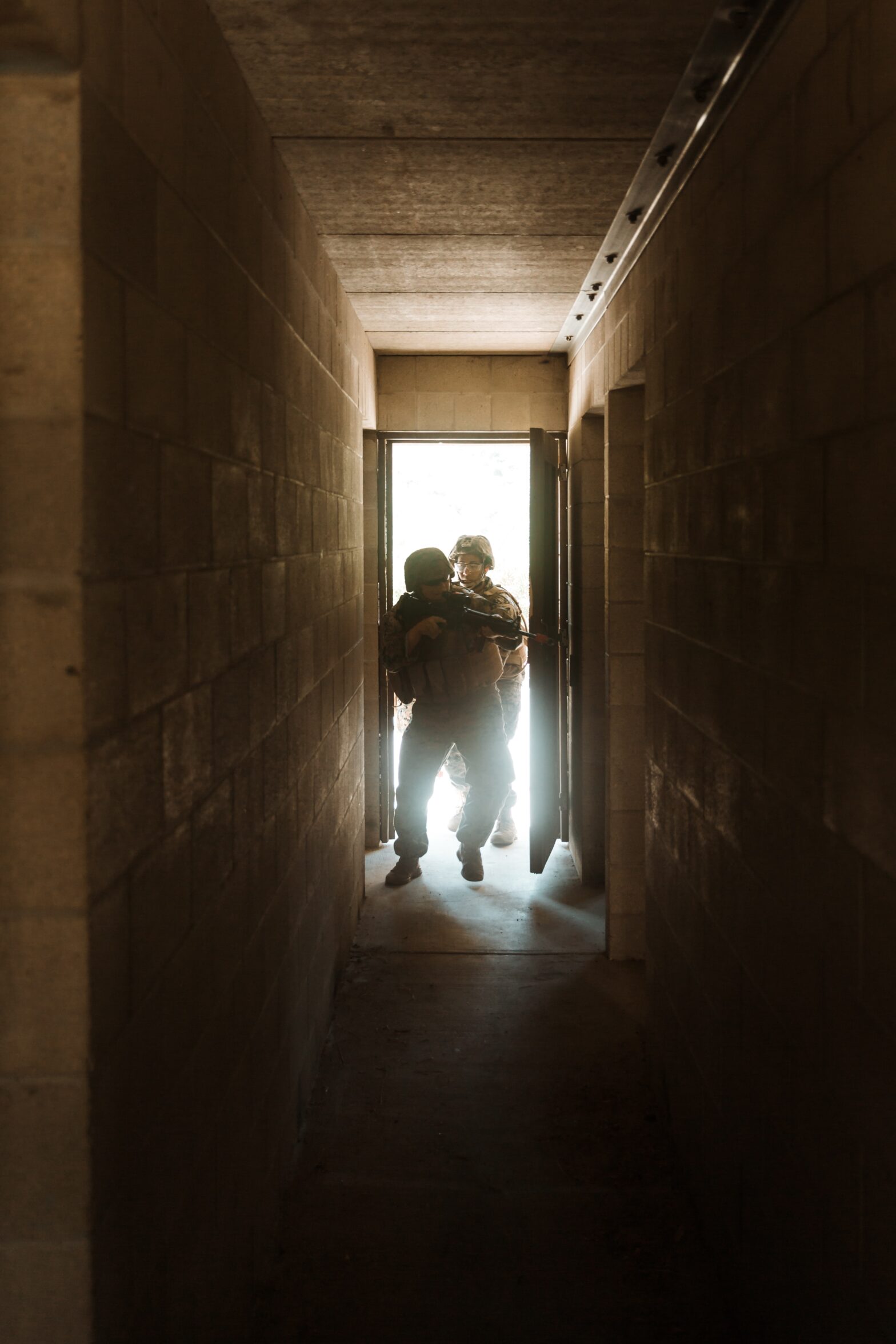There are 10 variables I look at to customize visual chaos training. I put these together for you to be able to look at the variables and identify which you want to add, remove, and adjust to train with specificity. You can get the PDF download of this list HERE. 1. Target size – large… Continue reading Customize Chaos – 10 Visual Chaos Variables
Tag: Visual System
5x Faster
The earliest visual responses occur at a substantially longer latency (about 80msec) compared to vestibular responses (about 14msec). [1] This isn’t to diminish the importance of the visual system, but rather emphasize the importance of optimizing your vestibular system to enhance your performance. If you are visually dependent on your movement control and situational awareness,… Continue reading 5x Faster
Advanced Situational Awareness Skill: Memory Guided Target Acquisition
The ability to accurately target acquire when the target is no longer visible is a highly advanced skill. To do this an individual utilizes their memory guided target acquisition system. An example of this would be when in darkness and a brief flash of light occurs. The individual would be able to continue to scan… Continue reading Advanced Situational Awareness Skill: Memory Guided Target Acquisition
How I Train Target Following
Target following utilizes your smooth pursuit eye movements. To successfully target follow, information from your visual system must be processed by your brain. Special operators who are exposed to repeated low level blasts showed decreased accuracy and speed with target following and divided focus. [1] This shows the susceptibility of this important situational awareness capability… Continue reading How I Train Target Following
Own Your Movement
You want to own your movement. By that I mean, no matter the conditions, you are consistent with control over your movement. Most people train with their attention on their movement, usually staring directly at their feet, then wonder why that control doesn’t translate under the real-life conditions they execute in. But they’ve trained visual… Continue reading Own Your Movement
Which Sensory System Are You Relying on?
When performing on a stable surface and well-lit environment, your visual, vestibular, and somatosensory systems are all sending information to your central nervous system (CNS) that is similar. But you aren’t always performing in perfect conditions. When you ruck through mud or sand, the information regarding the position of your ankles (somatosensory information) is going… Continue reading Which Sensory System Are You Relying on?
Visual Motion Sensitivity
Visual motion sensitivity is common post-concussion. [1-2] Visual motion sensitivity is hypersensitivity to visual stimuli. It can trigger headaches, dizziness, and imbalance. It is common for someone post-concussion to be overstimulated by walking through a grocery store or down a crowded hallway. These individuals often need to undergo physical therapy to desensitize them to visual… Continue reading Visual Motion Sensitivity
Beyond Muscle Fatigue
One way we slow down is through muscle fatigue. But muscle fatigue isn’t the only cause of slowing down. Our sensory systems fatigue as well. When in a highly stimulating environment, our sensory systems are working overtime sending signals to our brain. Our brain then needs to interpret these signals and send information to our… Continue reading Beyond Muscle Fatigue
Look Away- The High Level Skill of Anti-Saccades
Quick eye movements away from a stimulus are called anti-saccades. We innately want to quickly move our eyes toward a stimulus (toward a sound or light), therefore anti-saccades require higher level of processing and skill to suppress the reflexive movement and create an eye movement away from the stimulus. The ability to do so quickly… Continue reading Look Away- The High Level Skill of Anti-Saccades
Training The Sensory Systems With Specificity
Unique to tactical athletes is the level of performance the sensory systems for situational awareness must perform at. No other athlete or professional relies on their sensory systems to the extent that tactical athletes do. There are 4 primary sensory systems for situational awareness- visual, auditory, vestibular, and somatosensory. Each system has an important role… Continue reading Training The Sensory Systems With Specificity
